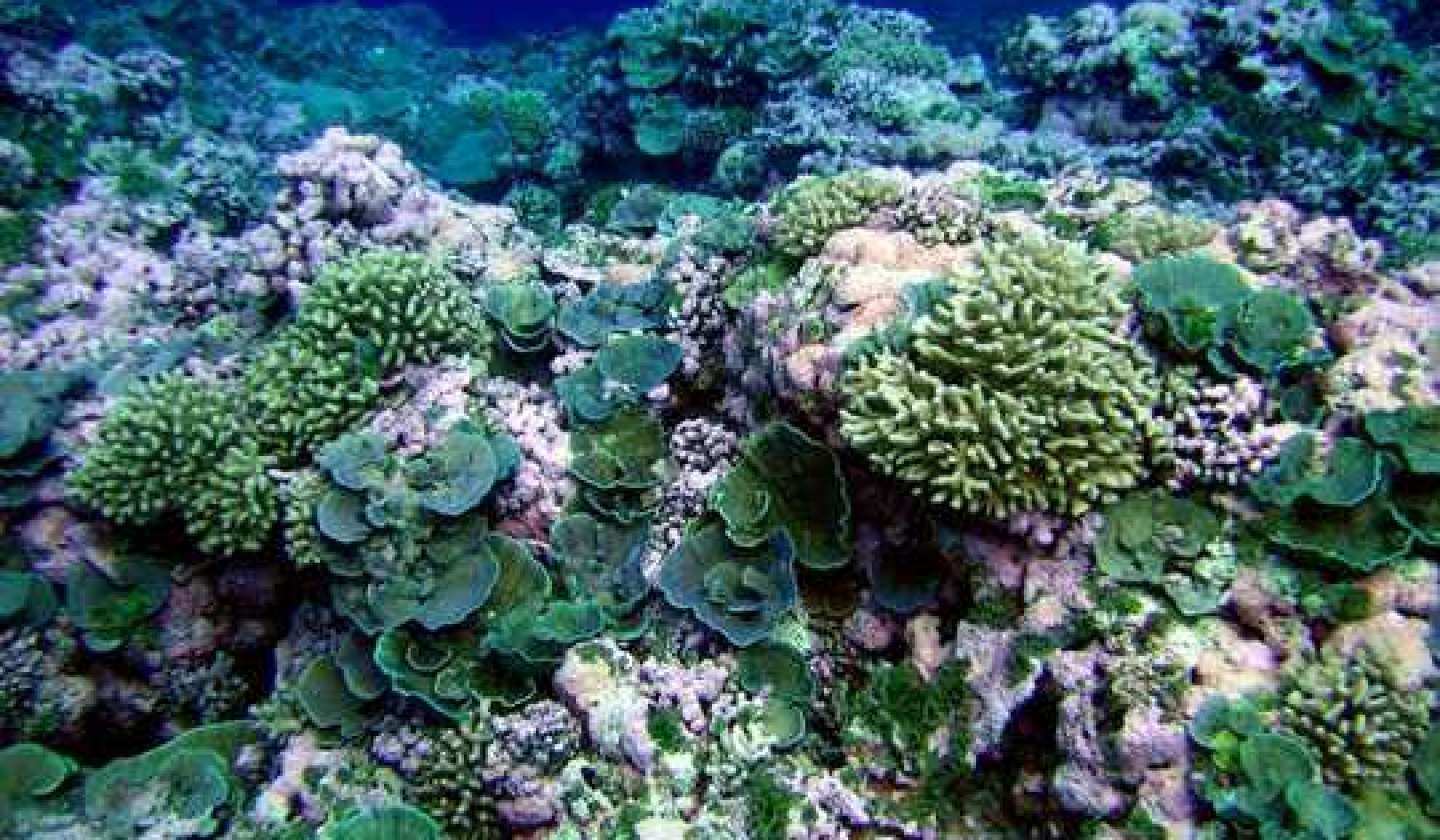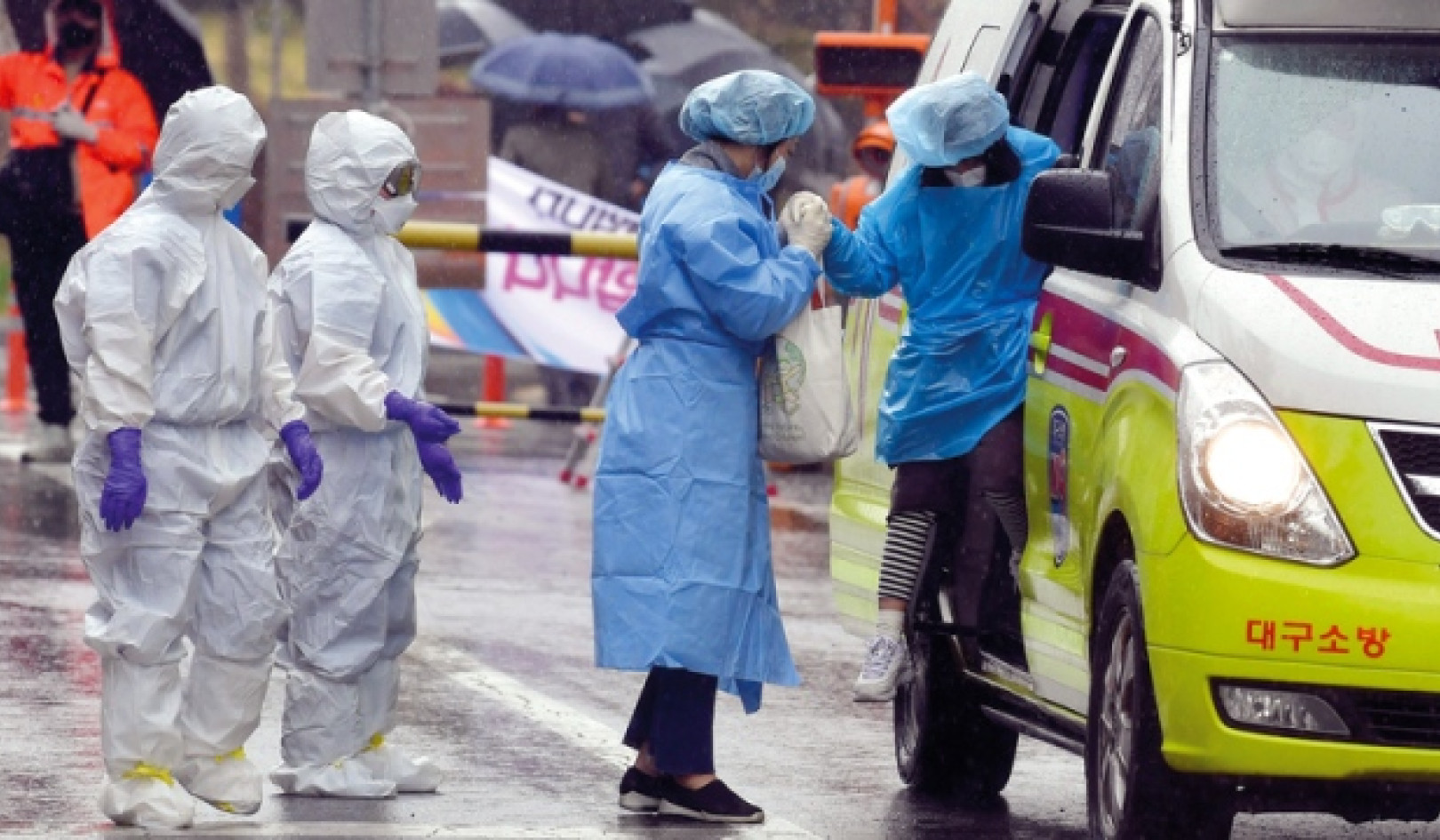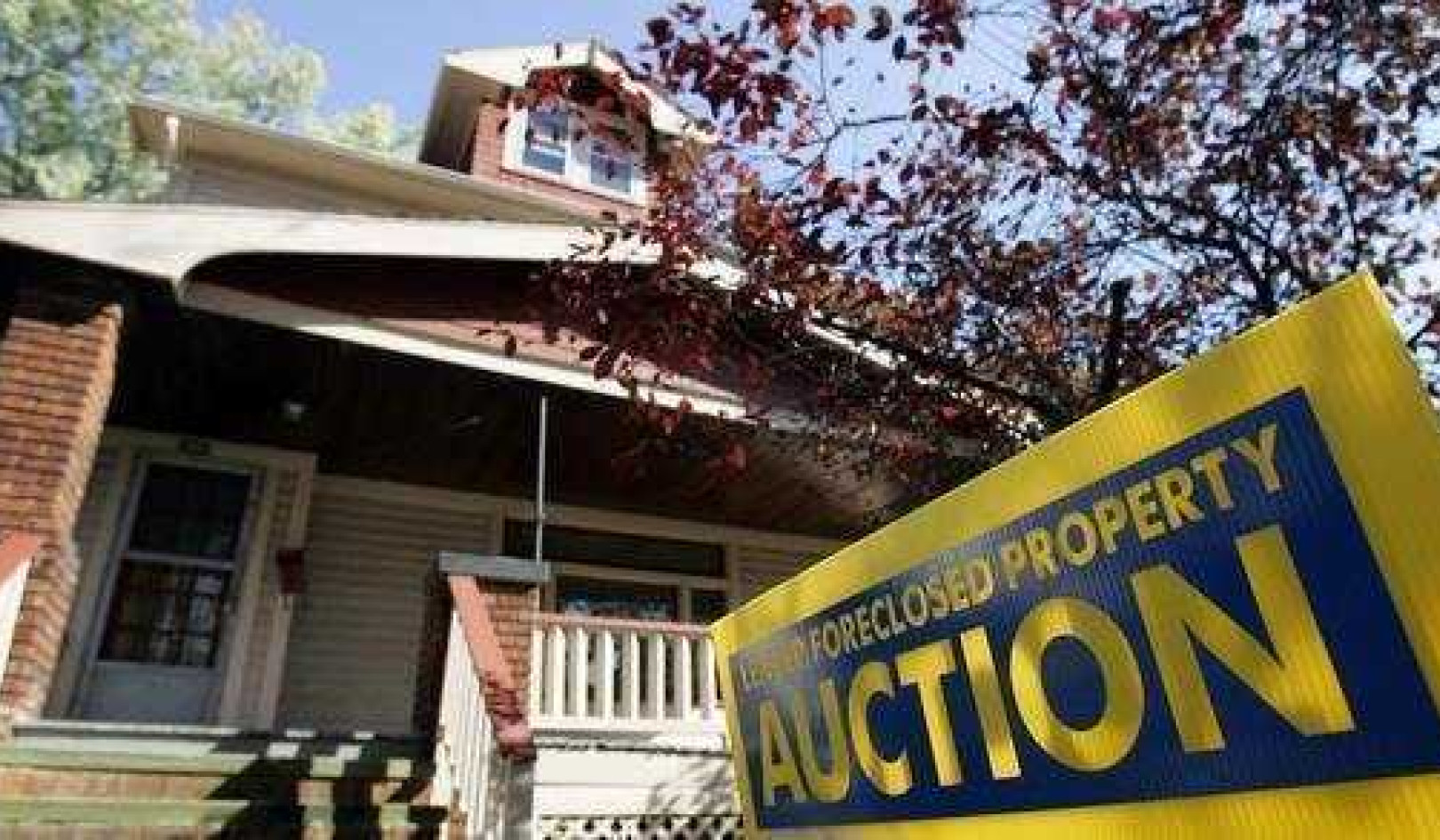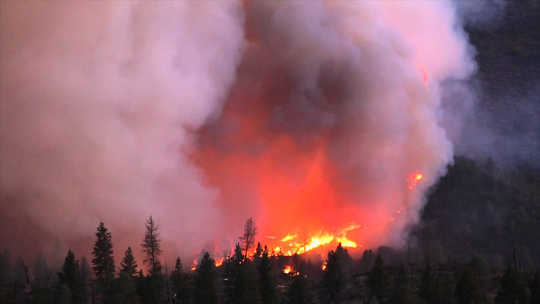
In recent years wildfire seasons in the western United States have become so intense that many of us who make our home in dry, fire-prone areas are grappling with how to live with fire.
When I moved to a small town in eastern Washington in 2004, I thought I was prepared for the reality of wildfires. As a fire ecologist, I had studied climate change and knew the predictions of hotter, drier and longer fire seasons.
But the severity and massive size of recent wildfires in our area have highlighted the importance of making our communities more resilient to fire.
In addition to better preparing for the inevitability of fire, my research and related studies have shown that prescribed burns and proactive thinning can make our neighboring forests less susceptible to large fire events.
A history of frequent fire
The valley where I live in eastern Washington is so special that I hesitate to share its name. In spite of record-breaking wildfire seasons in recent years, many people are still moving here to build cabins in the woods.
The Methow Valley is stunningly beautiful, with shrub steppe and ponderosa pine lowlands grading into mixed conifer forests at higher elevations, topped by high mountain peaks. Our valley was named by Native Americans for the balsamroot sunflower blossoms that wash the springtime hillsides in brilliant gold.
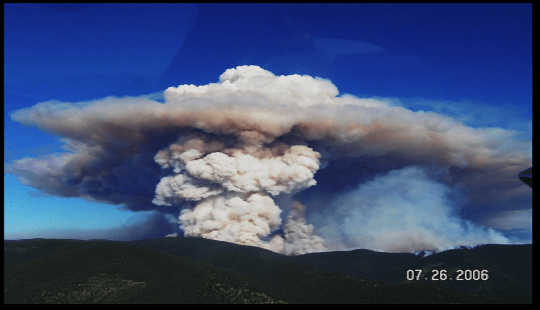 Warmer and drier springs are contributing to more extreme fire events, such as the Tripod Complex fire of 2006, which was the largest in 50 years. US Forest Service
Warmer and drier springs are contributing to more extreme fire events, such as the Tripod Complex fire of 2006, which was the largest in 50 years. US Forest Service
The native plants here depend on fire for growing space and regeneration. The arrowleaf balsamroot, for example, is deeply rooted and easily resprouts following fire. Ponderosa pine trees have thick, deeply grooved bark, and can shed their lower branches. If surface fires burn them, thick bark insulates their living tissue, and the lack of lower branches can prevent fires from spreading to crowns.
Historically, most semi-arid landscapes of western North America evolved with frequent fire. Ever-changing patterns of forest and rangeland vegetation were created by past burns. Grasslands, shrublands, open-grown and closed-canopy forests were all part of the patchwork.
Prior wildfire patterns constrained future fire spread through a mosaic of forest and nonforest vegetation that, in general, did not let fire burn contagiously across vast areas. While fires burned frequently, they were small to medium in size. Large fires, those of more than 10,000 acres, were infrequent by comparison and occurred during prolonged droughts, often under hot and windy conditions.
Today, in the absence of frequent fire, the same semi-arid landscapes have much more continuous forest cover. And fires, when they do burn, tend to be larger and more severe. My community lived through two such fire events in the past two summers.
How the forests has changed
Despite recent wildfires, semi-arid forests in my valley and across the inland West are still under a chronic fire deficit, resulting from a variety of historical factors. Fire suppression, displacement of native people, railroad and road building, and livestock grazing all contributed to the lack of fire.
It is difficult to convey how excluding fires from forests can so radically change them. Imagine if we replaced days of rain and snow with sunshine: the absence of precipitation would quickly shift all existing vegetation to sparse desert. Similarly, the near absence of fire over the past century has dramatically altered semi-arid landscapes, gradually replacing varied burn mosaics, characterized by forests of varying ages, shrublands and grasslands, with dense, multi-layered forests.
Markedly different wildfire behavior accompanies these changes. Wildfires are now able to contagiously burn vast areas of flammable vegetation, and severe fires, including crown fires that consume forest canopies, are increasingly common.
A rapidly warming climate is also contributing to large and severe wildfires.
It was after an early and dry spring in 2006 that the largest wildfire in 50 years, the Tripod Complex fire, raged north of our small town of Winthrop, Washington.
I remember watching it start – awestruck by the smoke plume, which resembled the aftermath of a bomb explosion. As the plume collapsed and smoke settled into our valley, the reality of living through a major wildfire sunk in. I wasn’t prepared for this kind of fire. None of us was.
Eight years later, the 2014 Carlton Complex fire burned down our valley, and in two days became the largest wildfire in state history. Lightning strikes had started many small fires, and when high winds arrived on July 17, fire starts exploded into fire storms, coalescing to burn over 160,000 acres and traveling nearly 40 miles in just nine hours.
If you asked anyone in our valley who lived through the Carlton Complex fires, you would need to prepare for a long story. Evacuations of everyone downwind of the fires. Night skies filled with ember showers. A total of 310 homes destroyed. Loss of pets and livestock. Properties so blackened and charred that owners chose to move. Wide-ranging opinions about firefighter responses, from profound gratitude to what might have been done. Massive flood and mudslide events that followed. Heroic acts of tight-knit neighborhoods and communities as we pulled together and helped each other recover and rebuild.
Recovery had just begun when the 2015 wildfire season struck. Drought continued across the region and set the stage for a second, fire-filled summer. In mid-July, lightning storms ignited the Okanogan Complex, the latest record-holding wildfire in state history. One hundred and twenty homes were destroyed, many in neighboring communities to the north and south. In our valley, three firefighters lost their lives, and a fourth was badly burned. After all that we have been through, the loss and injury of these young people is the most devastating.
Evidence for thinning and prescribed burns
As we face another dry summer, our community is coming to terms with the continuing reality of wildfires. By my estimate, since 1990 over one-third of our watershed has burned. We are beginning to discuss what it means to be fire-adapted: making our homes less penetrable to burning embers, reducing fuels and thinning vegetation around our properties, and choosing better places to live and build. We can also create safe access for firefighters, plan emergency evacuation routes, and manage dry forests to be more resilient.
After decades of fire exclusion, dense and dry forests with heavy accumulations of fuel and understory vegetation often need to be treated with a combination of thinning and prescribed burning. Restoring landscape patterns will take time and careful management to mitigate how future wildfires burn across landscapes.
 Parts of the Tripod fire in 2006 burned in a mosaic pattern of trees of different ages, which can prevent large-scale, contiguous burns. It’s evidence that prescribed burning and thinning can make forests more resilient. U.S. Forest ServiceFrom our research, we know that fuel reduction in dry forests can mitigate the effects of wildfires. After the 2006 Tripod fires, we studied how past forest thinning and prescribed burning treatments influenced subsequent wildfire severity. We found that tree mortality was high in untreated or recently thinned forests, but lower in forests that had been recently thinned and prescribed burned. Our results, along with other studies in the western United States, provide compelling evidence that thinning, in combination with prescribed burning, can make forests more resilient.
Parts of the Tripod fire in 2006 burned in a mosaic pattern of trees of different ages, which can prevent large-scale, contiguous burns. It’s evidence that prescribed burning and thinning can make forests more resilient. U.S. Forest ServiceFrom our research, we know that fuel reduction in dry forests can mitigate the effects of wildfires. After the 2006 Tripod fires, we studied how past forest thinning and prescribed burning treatments influenced subsequent wildfire severity. We found that tree mortality was high in untreated or recently thinned forests, but lower in forests that had been recently thinned and prescribed burned. Our results, along with other studies in the western United States, provide compelling evidence that thinning, in combination with prescribed burning, can make forests more resilient.
On average, one-quarter of mature trees died in thinned and prescribed burned forests compared to 60-65 percent of trees in untreated or thinned forests. In a driving tour of the Tripod burn post-wildfire, areas that were prescribed burned are generally green islands amidst a gray sea of standing dead trees.
In ongoing research, we hope to learn how restoration treatments can be strategically placed to create more fire-resistant landscapes.
Self-regulating?
Wildfires also have a critical role in restoration. The 2014 Carlton and 2015 Okanogan Complex fires burned the borders of the Tripod fire and of other recent wildfires, but sparse fuels on the margins of these prior burned areas did not support fire spread.
As more fires burn across dry forests, they are creating vast puzzle-piece mosaics, and in time may become more self-regulating – limiting the size and spread.pdf) of subsequent fires.
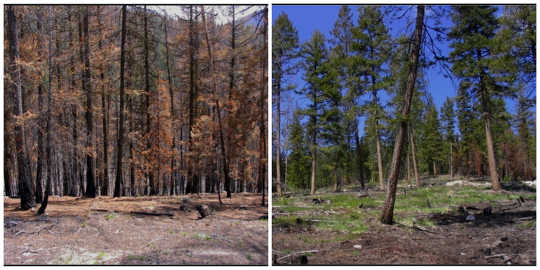 Unmanaged stands on the left compared to an adjacent plot that’s been thinned to reduce vulnerability to severe fire. Susan J Prichard, Author providedHowever, the imprints of recent fires are large, and it will take many small to medium wildfires to restore the diverse mosaic these landscapes need and once supported. Managing naturally ignited wildfires that burn in the late season or under favorable weather conditions, in combination with prescribed burning, will be essential to restore self-regulating landscapes.
Unmanaged stands on the left compared to an adjacent plot that’s been thinned to reduce vulnerability to severe fire. Susan J Prichard, Author providedHowever, the imprints of recent fires are large, and it will take many small to medium wildfires to restore the diverse mosaic these landscapes need and once supported. Managing naturally ignited wildfires that burn in the late season or under favorable weather conditions, in combination with prescribed burning, will be essential to restore self-regulating landscapes.
Recent summers have taught us that we can’t permanently exclude fire from our valley or other fire-prone areas. This is difficult to accept for a community so recently devastated by fire and sick of the smoke that comes with it. However, summers are getting hotter and drier, and more wildfires are on the way. We have to adapt the way we live with fire and learn ways to promote resilience – within our homes, communities and neighboring forests.
Native peoples, less than 150 years ago, proactively burned the landscapes we currently inhabit – for personal safety, food production and enhanced forage for deer and elk. In some places, people still maintain and use traditional fire knowledge. As we too learn to be more fire-adapted, we need to embrace fire not only as an ongoing problem but an essential part of the solution.
About The Author
Susan J. Prichard, Research Scientist of Forest Ecology, University of Washington
This article was originally published on The Conversation. Read the original article.
Related Books
at InnerSelf Market and Amazon




















